Online Title Page Maker for Academic Papers [Free Tool]
This automatic generator will save you time and energy in just a few clicks!
Creating a title page can be challenging. It has to both meet the academic criteria and look appealing and eye-catching. So, how to make a title page? You might consider using a reliable tool for that purpose.
Try our title page maker!
It is a mechanism that generates front pages for academic papers in the proper format. The tool is easy to use:
- Choose the formatting style.
- Fill in the necessary information.
- Press the button.
Done!
Next, we will explain the role of the title page in the article. Our team described the process of creating it in different styles, in case you still want to try it.
👑 The Role of Your Title Page
Your title page is the first thing that any reader sees, your instructor in particular. The judgment of your academic writing starts with it, so you have to make an excellent first impression. Here we explore its role and meaning a little further.
Typically, the title page includes general information about the paper, such as your name, date, title, and class name. Creating a title page is not a complicated task but of very high importance.
Why?
- The first page of your work makes an impression. It will immediately influence the person seeing it, either positively or negatively. Ideally, it catches their eyes and interests enough to read more.
- The title page provides necessary information about the content. Anyone should understand the paper’s main topic and importance. It should reveal the author’s ability to concisely present information in the required manner.
If you need one for your academic piece, you have to make it right. Create it manually or use such a tool as our title page generator.
⚜️ How to Make a Title Page in Different Styles
As we have mentioned earlier, all title pages are similar in that they provide general information about the document presented to the reader. However, the formatting differs from style to style. Here we will talk about such basics.
We have listed general tips for how to make a title page regardless of the formatting style.
- Be concise. Provide only the necessary information, avoiding redundancy. Check out what our automatic title page generator asks you to fill in to ensure you use only the essentials.
- Follow the guidelines. You have to find out which one is to follow before you start creating a title page. Format it according to the required style’s rules.
- Don’t overcapitalize. There is no need to put a capital letter in all words on the title page. It is unnecessary and might be considered bad grammar.
- Put an equal amount of effort. Ensure that the font, spacing, and letter size on your title page do not differ from the rest of the work.
- Make it easy. Consider working in Microsoft Word, Google Docs, or other word processing software convenient for you. They can help you with formatting if used correctly. Or just take advantage of our title page maker.
In the following sections, we will list more details for each style.
🟡 Title Page in MLA
MLA style is generally used for formatting papers on liberal arts or humanities. Typically, it doesn’t require a front page, but your instructor might ask for one. In that case, here’s how to make a title page MLA style.
A title page in MLA format requires to have the following information:
- your name,
- the title,
- due date,
- class name,
- your professor’s name,
- your school name.
The letters on the MLA format title page are centered. The information should be double-spaced in Times New Roman font, size 12. The first letter of each word needs to be capitalized, except for short ones.
See an MLA title page example below:
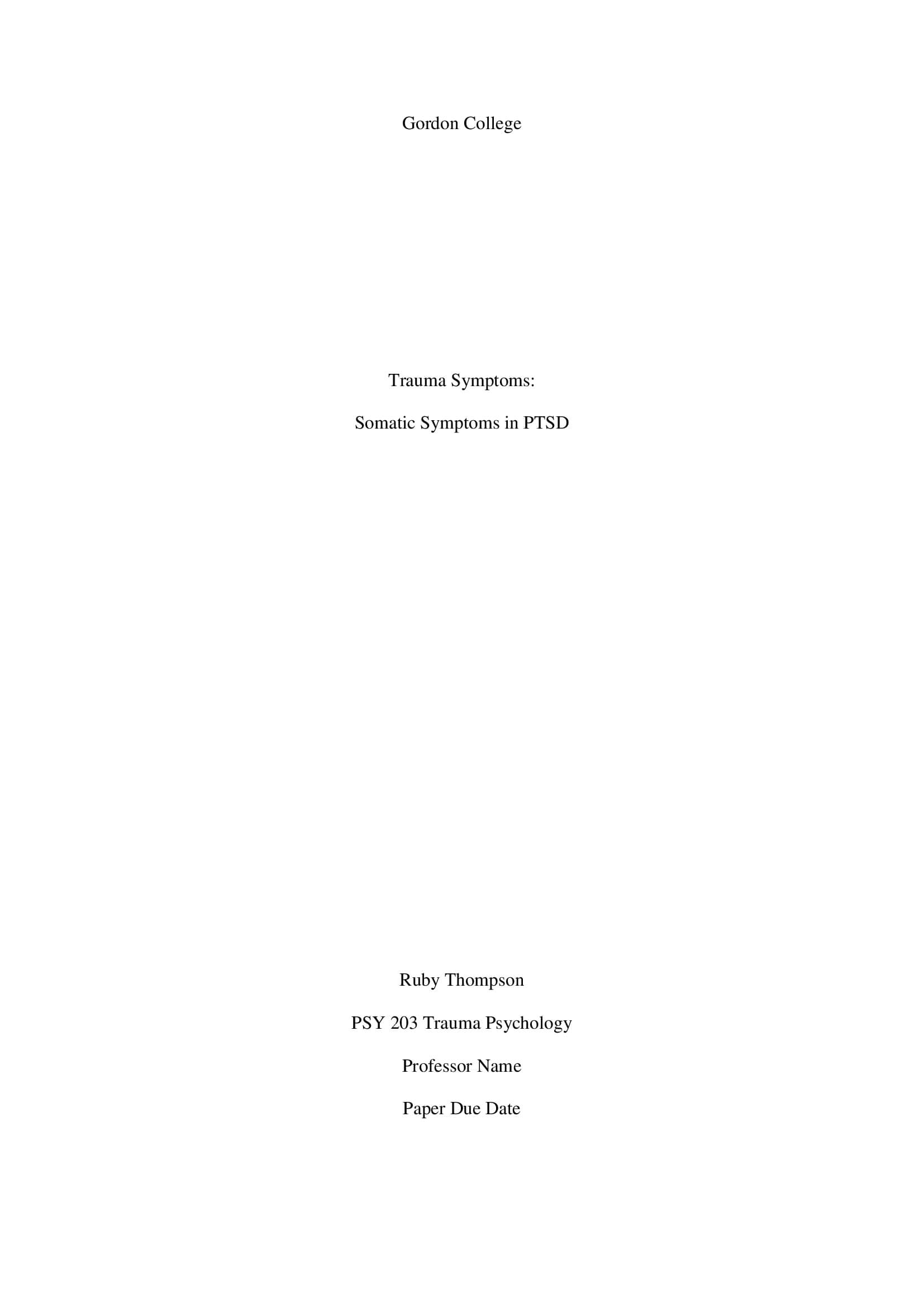
As we have mentioned, the MLA style usually does not require a title page. Instead, you can include the main heading on the first page of your work.
It might look something like this:
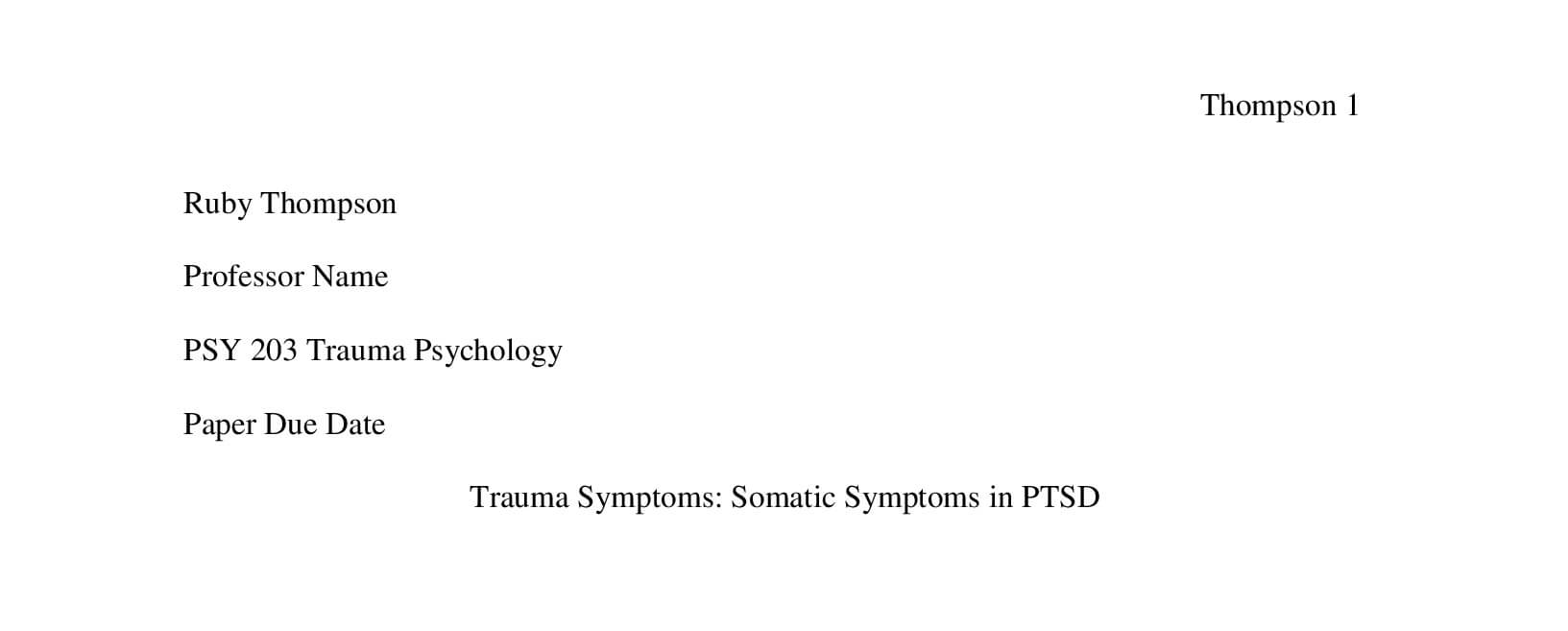
🟡 Title Page in APA
APA stands for the American Psychological Association style. It is commonly required for psychology, social sciences, or education works. People use the APA format for both academic and professional papers. It became especially critical once the APA 7th edition provided different guidelines for them.
Let’s consider each one separately:
1. Student version.
How to make a title page (APA) in Microsoft Word or any other word processing software? To create one, get a title of your work, name, university name, course name, instructor’s name, and paper’s due date.
Now to the basics:
The text on your title page should be double-spaced, typed in Times New Roman font, size 12. Capitalize the first letter of each word, except for contractions, articles, and prepositions (e.g., as, in, of, etc.). Also, you need to include a running head, which, for student works, is only a number of the page.
See an APA title page example below (student version):
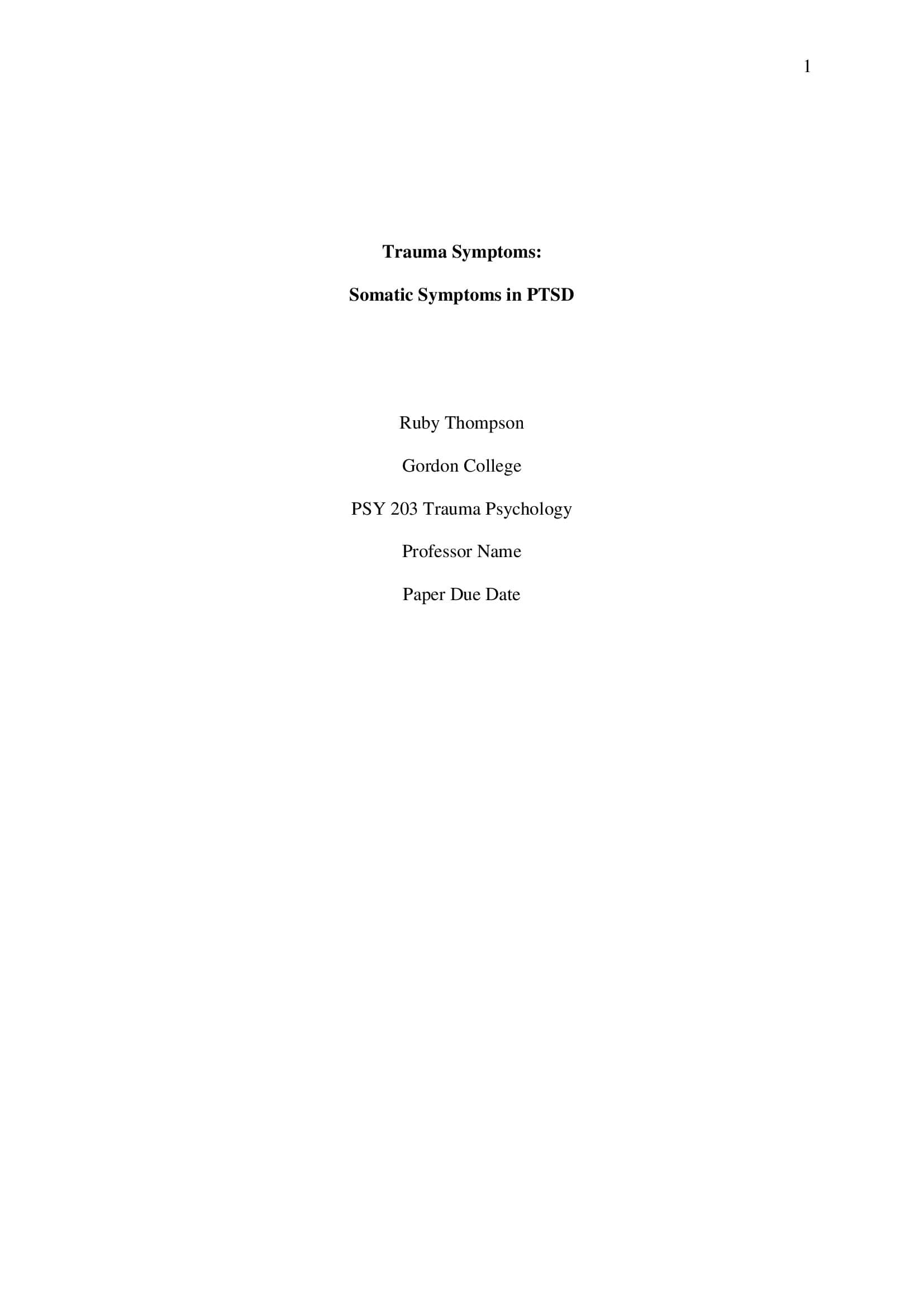
2. Professional version.
How to make a title page in APA style for professional papers? In case you need to create one, you need to include the same information, except for the course name, professor’s name, and due date. Instead, a professional paper should present an author’s note.
The professional paper should also contain a running head with a short title and a page number. Please, note that the running head cannot exceed 50 characters, including spacing.
An APA title page example (professional version):
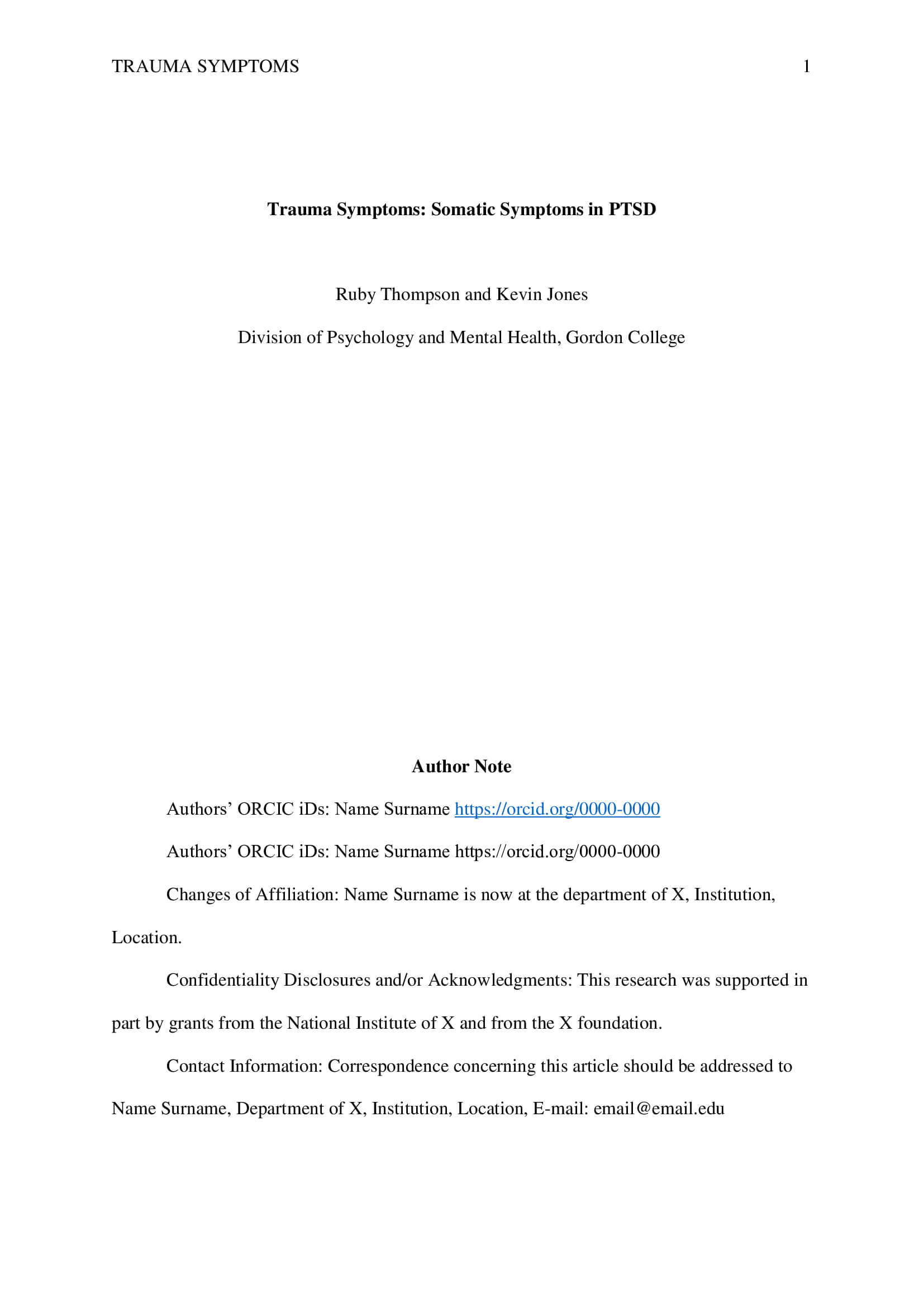
🟡 Title Page in ASA
ASA citation format is typically found in sociology papers and is an abbreviation for American Sociological Association. This style is similar to the widely used APA format.
A title page in ASA format contains the following information:
- a full title of your work,
- your name,
- word count,
- address of the author,
- acknowledgments,
- and research funding.
The text should be double-spaced, in 12-point Times New Roman. The first letters should be capitalized, except for small words.
See an ASA title page example below:
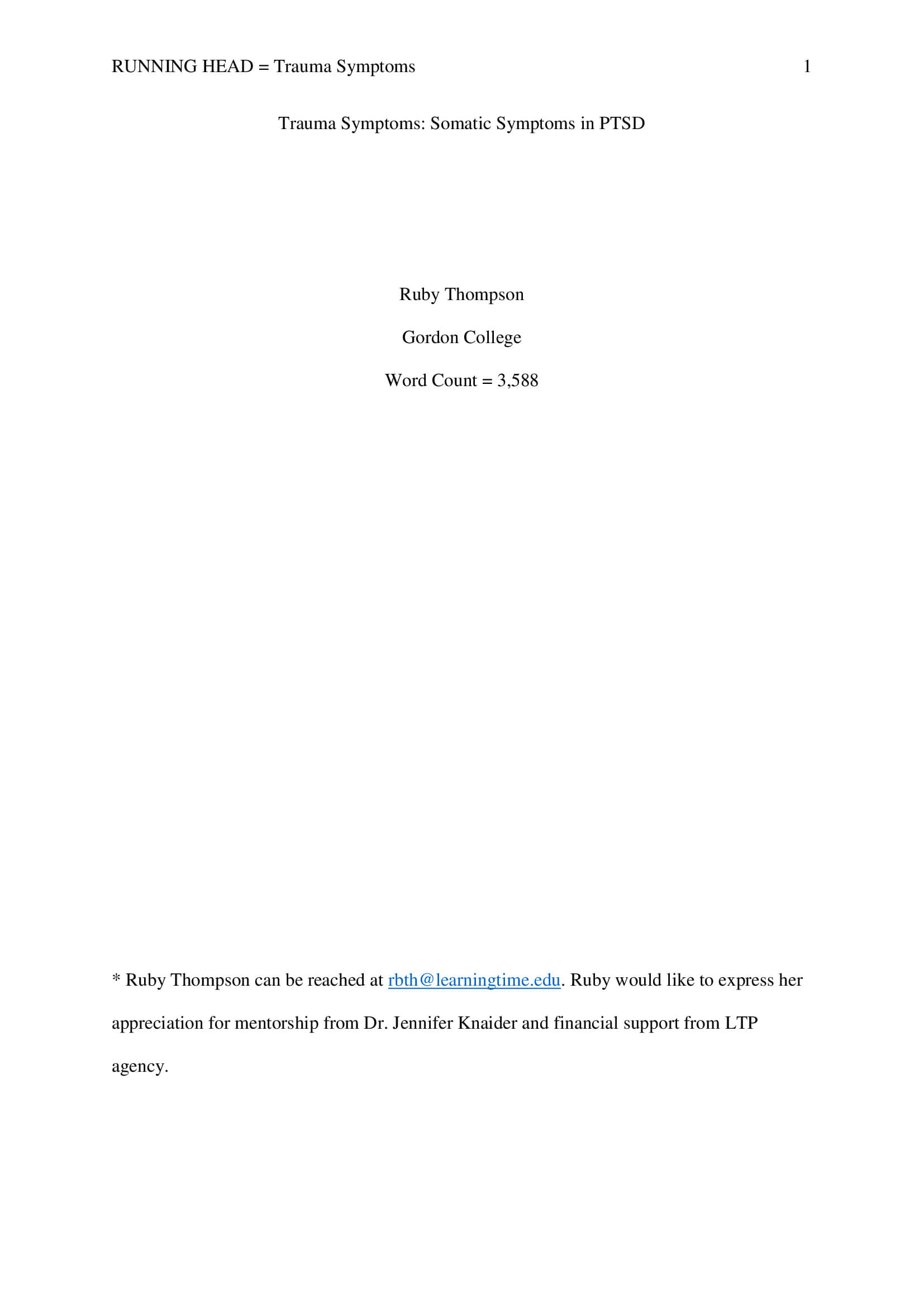
🟡 Title Page in Chicago
Chicago/Turabian style is quite common to follow if you write a research paper on a scientific or social topic. The title page is not mandatory: if you haven’t been told to make one, you can put the necessary information in the center on the top of the first page. These include the title, your name, class information, and the due date.
If you need a separate title page, let’s consider how to make a title page in Chicago style:
- Center your title on the page halfway down.
- Place your name under it along with the course name, professor’s name, and due date in three separate lines.
- There is no necessity to bold or underline the title.
- The first letters of each word should be capitalized, except for small ones.
- The text should be double-spaced, in 12-point Times New Roman.
See a Chicago title page example below:
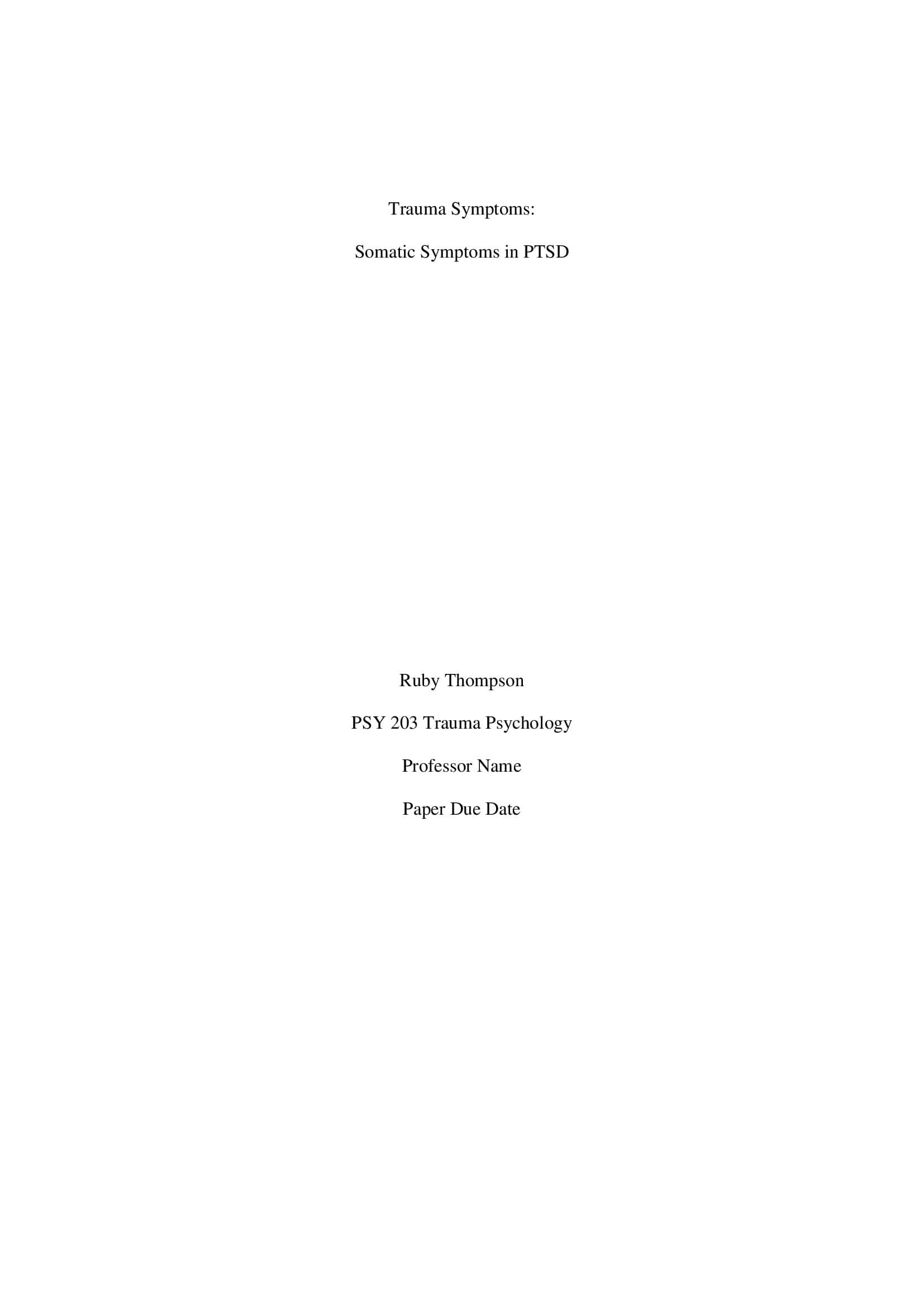
🟡 Title Page in Harvard
Harvard style is one of the most commonly used among students. This format requires a highly organized title.
According to the instructions, the title should be capitalized and written halfway down the page. Write your name under the title in small letters. Approximately three lines down, write the class’s name, professor’s name, school name, location, and the paper’s due date.
Also, include the header, which is a short description of the title with the page number. Note that between a page number and a partial title are precisely five spaces.
See a Harvard title page example below:

Thank you for reading this article to the end! Hopefully, it was useful, and the title page maker helped you save time and effort. Send this article to other students who might need it.
Updated: